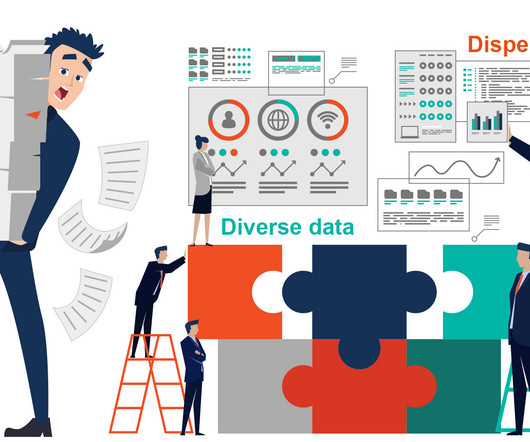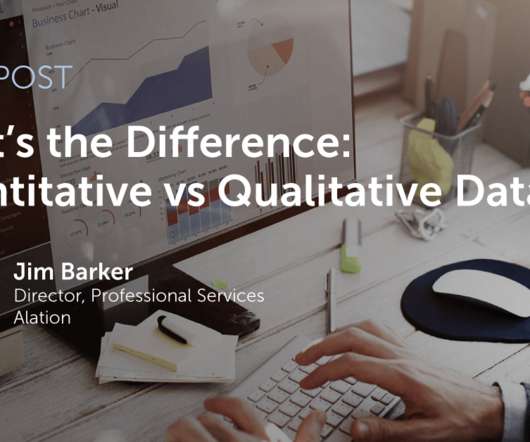Top 10 Metadata Management Influencers, Sites, and Blogs You Must Follow in 2021
Octopai
APRIL 19, 2021
Aptly named, metadata management is the process in which BI and Analytics teams manage metadata, which is the data that describes other data. In other words, data is the context and metadata is the content. Without metadata, BI teams are unable to understand the data’s full story.














Let's personalize your content